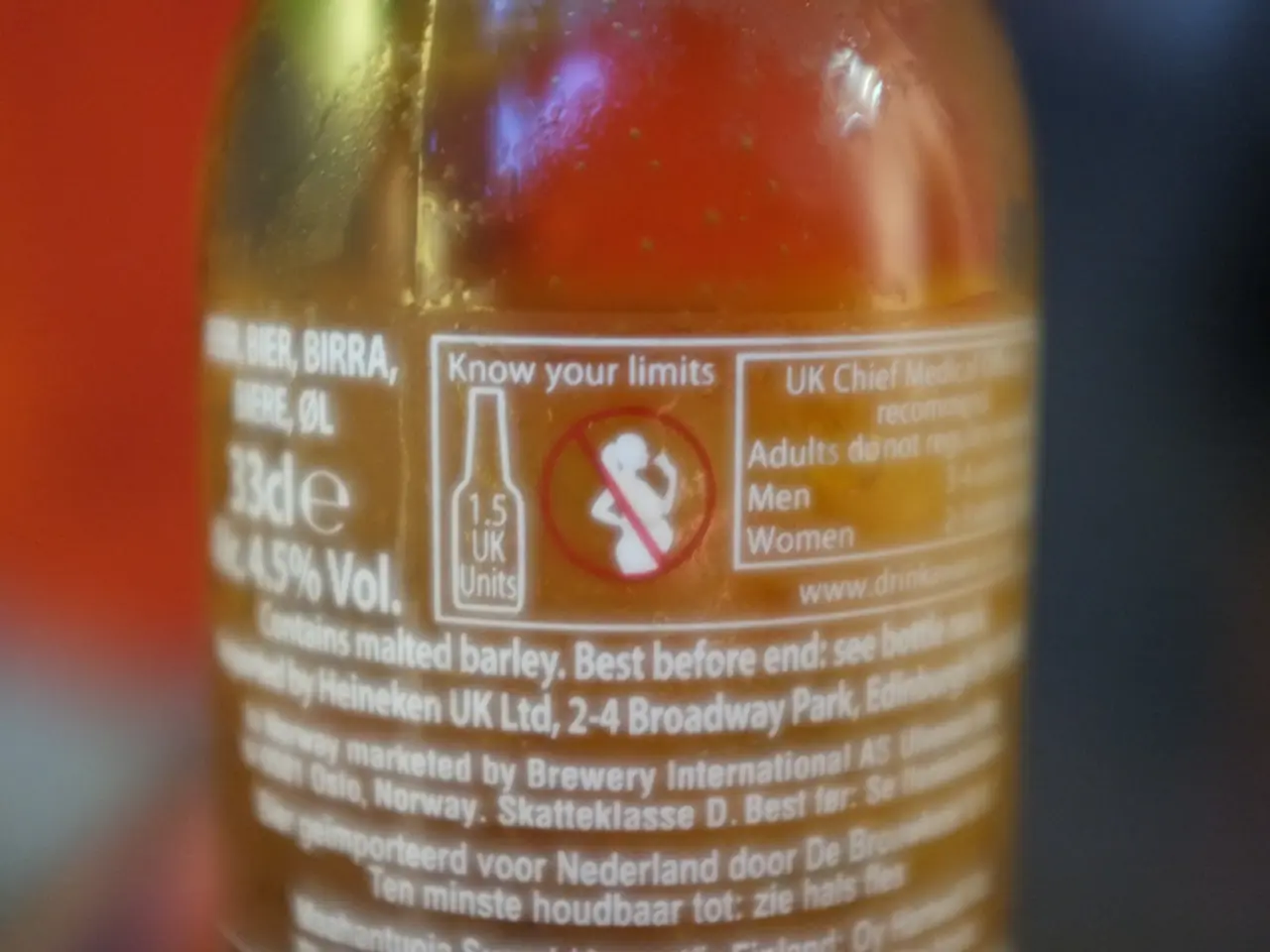Contamination of Drinking Water with PFAS Toxins - An Environmental Offense
In a bid to address the growing concerns surrounding per- and polyfluoroalkyl substances (PFAS), the European Union is moving towards a near-universal restriction on these chemicals. This decision comes in the wake of the Rastatt environmental disaster, one of Germany's biggest environmental crimes, where PFAS contamination has caused significant harm.
Everyday products such as Teflon pans and water-repellent clothing contain PFAS. Unfortunately, these chemicals, often referred to as "forever chemicals" due to their persistence in the environment, have found their way into the Rastatt region, contaminating drinking water supplies, compost, and farmlands. As a result, many residents no longer drink tap water, and farmers have been forced to destroy entire harvests.
The EU's regulatory landscape is reflective of its strategic approach to drastically reduce PFAS usage and emissions. The updated and expanded REACH restriction proposal now covers many sectors, including military, printing, machinery, and medical uses. However, temporary, conditional derogations may be granted in critical areas without feasible alternatives, such as semiconductors and energy technologies, provided strict emission control measures are applied.
ECHA's scientific committees—the Risk Assessment Committee (RAC) and Socio-Economic Analysis Committee (SEAC)—are scheduled to review and provide opinions on this updated proposal by late 2025, which will inform the European Commission and Member States' final decisions.
In addition to the REACH restriction, the EU is implementing a new PFAS monitoring framework as part of its broader chemicals action plan. This framework aims to set up an EU-wide system for PFAS pollution monitoring, identification of hotspots, coordination among Member States, and promotion of safer chemical alternatives aligned with the Safe and Sustainable by Design (SSbD) policy.
For specific PFAS compounds, such as PFOS (perfluorooctanesulfonic acid), nearly all uses are banned under the EU Persistent Organic Pollutants (POPs) Regulation with some exemptions, and the European Commission is revising these exemptions to tighten controls further.
However, the aftermath of the Rastatt case underscores the long-lasting consequences of PFAS contamination. The investigation and remediation bill for the PFAS case in Rastatt has reached 40 million Euros. PFAS pose risks to human health, including an increased risk of certain cancers, fertility issues, and a reduced response to vaccinations. Gathering samples and conducting blood tests is a time-consuming process, making the impact of this contamination even more challenging to measure and manage.
Olaf Kaspryk, the head of the Rastatt public works department, is investigating the source of the contamination, a process that is expected to take time and resources. As Europe moves forward with its PFAS ban, cases like Rastatt serve as a stark reminder of the urgency and importance of these actions.
References: 1. ECHA 2. European Commission 3. European Chemicals Agency 4. European Chemicals Agency 5. European Chemicals Agency
- Amid growing concerns about PFAS, the media often report on their harmful effects on the environment and human health, particularly chronic diseases such as cancer and mental health issues.
- As health and wellness advocate, it's essential to acknowledge the impact of PFAS on digestive health, skin conditions, and medical-conditions, including fertility issues and reduced vaccine responses.
- Science plays a crucial role in understanding the long-term impact of PFAS on the environment, as environmental-science research continues to uncover new information about these "forever chemicals."
- CBD, a natural compound, is gaining attention as a potential treatment for PFAS-related health issues, although more research is needed to confirm its effectiveness.
- Climate change and PFAS contamination are interconnected issues, with the former potentially exacerbating the spread of PFAS in the environment.
- To address the complex issue of PFAS, the EU is developing a comprehensive approach, using environmental-science findings and leveraging policy tools like the REACH restriction and PFAS monitoring framework to promote safer chemical alternatives and reduce emissions.




